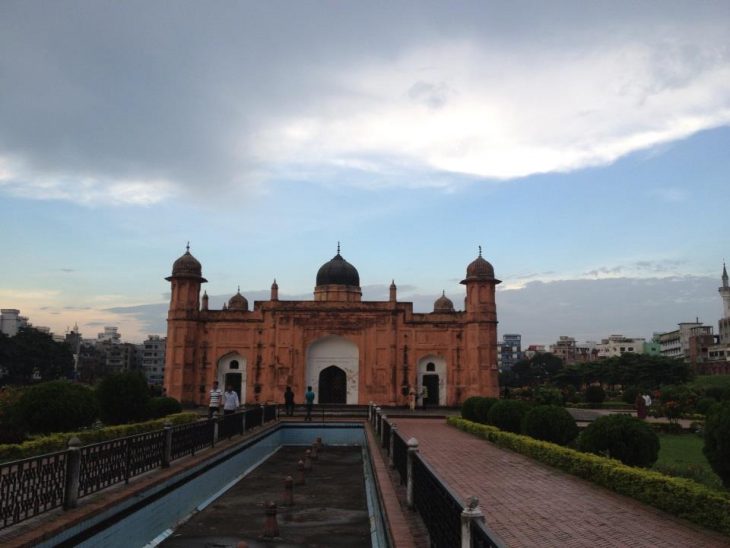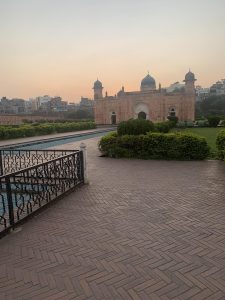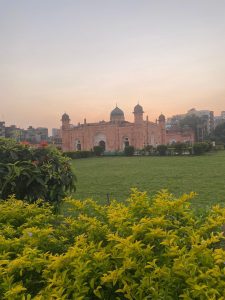
Lalbagh Fort
Lalbagh Fort (Bengali: লালবাগ কেল্লা ), is located in the heart of Dhaka, Bangladesh. Lalbagh means Red Garden. Originally called Fort Aurangabad, which was built during the 17th century, this magnificent fort has witnessed centuries of changes, reflecting the diverse cultural influences that have shaped the region.
The fort was commissioned by Subahdar Muhammad Azam Shah, the son of Mughal Emperor Aurangzeb, in 1678 during his vice-royalty in Bengal. However, the construction of the fort was left incomplete due to the untimely death of Azam Shah’s beloved daughter, Pari Bibi. The fort’s construction was halted, and it remained unfinished, making it a symbol of a tragic historical episode.
The tomb of Bibi Pari is in the middle of the complex. Despite its incomplete status, Lalbagh Fort boasts a unique blend of Mughal and Bengali architectural styles. The fort’s design includes a mix of Islamic and Hindu elements, showcasing the cultural diversity of the time. Other structures in the complex include the Diwan-i-Aam (Hall of Audience) and the Lalbagh Mosque.
From the time of construction till date, various myths have revolved around the fort. Legend says that upon the untimely death of his much-loved daughter Iran-Dukht, warmly known as Pari Bibi, the construction was stopped. Bibi was engaged to Prince Azam at the time of her death.
Lalbagh Fort stands as a cultural icon, drawing tourists and history enthusiasts alike. The fort’s historical significance is further enhanced by its role in various historical events, including the anti-British movements during the Sepoy Mutiny of 1857. The fort has been preserved and maintained over the years, providing visitors with a glimpse into the past and a deeper understanding of Bangladesh’s rich culture.
Lalbagh Fort stands as a living testament to Dhaka’s historical and cultural evolution. Its incomplete construction adds a layer of mystery. As one explores the fort’s architectural marvels and learns about its historical context, it becomes evident that Lalbagh Fort is not merely a structure; it is a treasure trove of stories, an architectural gem, and a symbol of resilience that continues to captivate the hearts of those who visit.


- Effortless Global Connections: Flyex Bd bridges Bangladesh to Finland - 8th December 2023
- Halloween in Kuopio: A Spooky Spectacle in the Heart of Finland - 1st December 2023
- Morning Routine. - 26th November 2023
